Chile, as far away as South America, wants to export solar power to China
Dec 07, 2021He said: “Chile has the desert with the highest solar radiation in the world and has great potential in producing clean, renewable and economical solar power. Therefore, we can export it to Asian countries during the day when the sun is strong.”
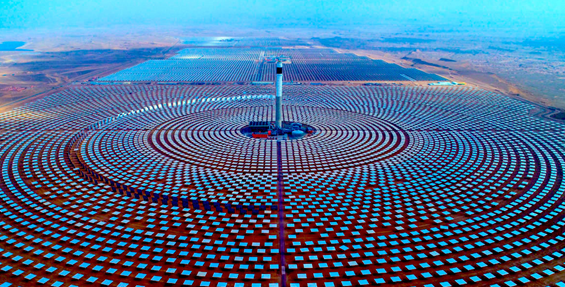
01
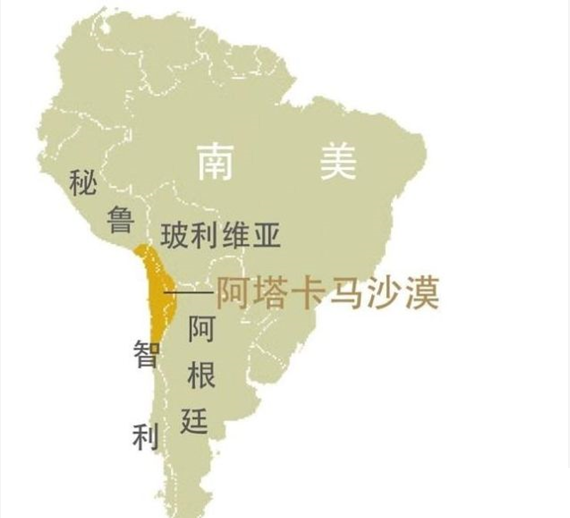
The Andes in the eastern part of the Atacama Desert block the humid water vapor from the Atlantic Ocean. Although Atacama is located on the seashore, the waters of the zone are controlled by subtropical high pressure all the year round, and sinking offshore winds prevail. As the Peruvian cool current passes, the lower layer of water is easy to condense into clouds or fog, but it is difficult to form rain. The combination of these factors has made the Atacama Desert the driest place in the world, with an average annual rainfall of less than 0.1 mm. There are statistics. It means that from 1570 to 1998, there was almost no rain for more than 400 years, so there were no thunderstorms and floods. Especially in the area around Yonggai, an abandoned town in the Antofagasta region of northern Chile. The Atacama Desert, formed 15 million years earlier than Death Valley, has an average annual rainfall of only 15 mm. Compared to the 66 mm annual rainfall in Death Valley, California, it is only 1% of its annual rainfall. In some places with lower annual rainfall, such as Arica and Iquique, the annual rainfall is only 1 to 3 mm. In addition, some weather stations in the Atacama Desert have not even measured rainfall.
Due to the dry climate and tropical conditions, the Atacama Desert is known as the desert with the highest solar radiation in the world. In 2013, the 110 MW solar thermal power plant (the first in Latin America) and the 100 MW photovoltaic power plant were combined as the Atacama 1 solar complex, located in María Elena in the Segunda region. The solar thermal power plant will include 17.5 hours of Heat storage, so the facility can supply clean and stable energy 24 hours a day. The construction of the solar thermal power plant began in 2014 and began operations in the second quarter of 2017. The construction of the photovoltaic power station began in January 2015 and began operations in June 2016. It has 160 megawatts of module power generation and was the largest solar power station in Chile at that time. By the end of 2020, the project will be fully completed in the name of Cerro Dominador solar thermal power plant and will be fully operational in 2021.
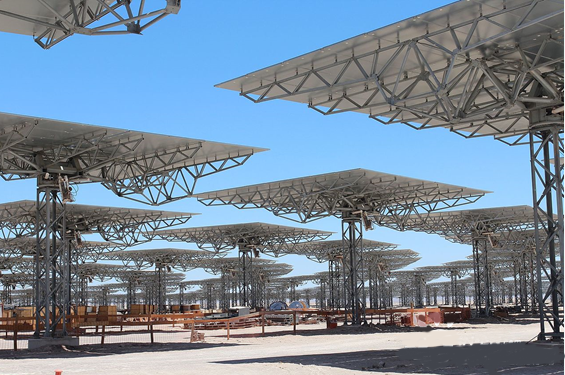
Due to its good solar resources, several international companies bid for solar thermal power plants in Chile at record low prices, including SolarReserve, which bid for the Copiapó solar project at a price of $63/MWh in 2017.
2. The overall development of photovoltaics in South America is relatively fast
Most of the land in Latin America is located in tropical regions and has always been associated with warm weather and plenty of sunlight. However, this resource has not only promoted the development of tourism. In recent years, the development of this rich natural resource in the energy field has far exceeded the tourism industry. In line with global trends, the installed solar photovoltaic capacity in Latin America and the Caribbean has increased nearly a hundredfold in less than ten years, and will exceed 20 GW by 2020. As the cost of solar equipment is declining year by year, people are calling for increased investment in renewable energy, so this trend shows no signs of slowing down.
In terms of installed capacity, the solar photovoltaic industry in Latin America is led by three countries-namely Brazil, Mexico and Chile. By 2020, the combined total of these three countries will account for more than 80% of the region's solar energy capacity. Brazil’s installed capacity is expected to double between 2020 and 2024, reaching nearly 10 GW in the following year. By 2025, Mexico is also expected to reach a similar capacity. Similarly, as of January 2021, Chilean solar photovoltaic capacity of nearly 4 GW of new projects are already under construction, and the total capacity of projects under approval has exceeded 22 GW.
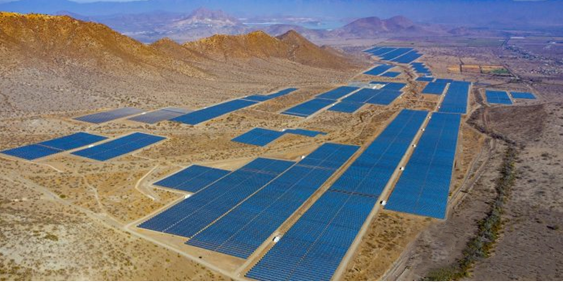
Although these three countries dominate the current market, there is still more potential to be tapped in Latin America. For example, although it is still lagging behind neighboring Brazil and Chile, its solar power capacity has nearly quadrupled in Argentina between 2018 and 2020. At the same time, in Colombia, projects with a total capacity of more than 400 megawatts are being developed in the first few months of 2021. In the Caribbean, the Dominican Republic stands out and plans to produce at least 800 megawatts of electricity.
In terms of overseas investment, although the development of solar energy has received considerable government support in Latin America, as part of the strategy to meet the growing electricity demand in the region while still meeting the greenhouse gas emission target, this part has also attracted many people from International attention. Foreign investment in the solar energy sector in Latin America exceeded US$5 billion, an increase of nearly five times in five years. Mexico and Chile were the main recipients of this type of investment that year, together accounting for nearly 90% of the value of the investment.
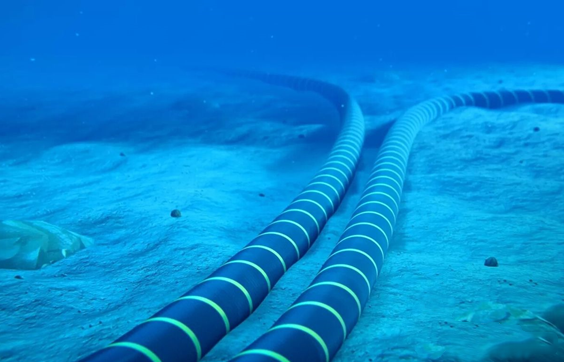
However, submarine power transmission seems to be the general trend. In Europe, the British company Xlinks announced this spring that it expects to invest about 18 billion pounds (US$24.1 billion) to build 10.5 gigawatts of wind and solar power in Morocco and sell the electricity generated by this large power plant to the UK. This plan is made possible by a 3,800 km high-voltage direct current transmission cable. In Asia, a consortium led by Sun Cable hopes to build an Australia-ASEAN Power Link (AAPL) project, which will also export solar power from inland Australia to Singapore via submarine transmission lines.
If so, this submarine cable from Chile to China seems to be more than just a piece of paper. Of course, this cable will be longer than other submarine transmission cables, and it may encounter technical and financial difficulties. Therefore, if this "sale" is to be realized, not only more technical research is needed, perhaps the energy cooperation between the two governments can make this project more successful.